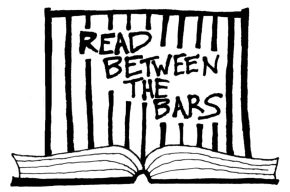The release of the annual United States Peace Index (USPI) by the nonpartisan Institute for Economics and Peace (IEP) has given Arizona a bit of notoriety. The USPI ranked Arizona number 46, making it one of the least peaceful states in an analysis that examines how homicide, violent crime, small arms, incarceration, and police employment compare from state to state. While Arizona isn’t at the very bottom of the rankings (that distinction goes to Louisiana), Arizona did show the biggest fall from previous USPI data.
Although Arizona’s fall is attributed to an increase in homicide, what’s worth pointing out is that incarceration is where Arizona is furthest beyond the national average. IEP provides an interactive map for people who want to browse this year’s USPI results. Clicking on a state opens a bar graph that will show how that state measures up in rates per 100,000 people for each indicator. A green dot on each bar indicates where the national average is. For Arizona, incarceration is where the bar passes the dot by the widest margin. Arizona’s rate, at 5 per 100,000, puts it among the six worst states in the nation. (If the number seems too small, it’s because of the limiting criteria; it “only includes prisoners under state jurisdiction who have been sentenced to more than one year in prison. This means that both federal prisoners and prisoners in jail are not included in calculating the USPI.”)
But Arizona’s prisons continue to expand. The Arizona Daily Sun reported today on Arizona’s latest spending plan, which includes “$20 million this coming year–with a promise of another $30 million the year after that–to build a new maximum security prison.” In a state that has made deep cuts in education spending, reining in prison spending seems to be off the table.
The good news is the USPI shows that the U.S. is the most peaceful it’s been at any time in the last two decades, and that while “state incarceration rates in the U.S. have dramatically increased from 1981 to 2007,” “this trend seems to have reached a plateau and the incarceration rate has even slightly decreased over the last two years.” Of course, in a nation that is the world leader in incarceration, at 743 per 100,000, a plateau is little consolation for those working to turn the tide against mass incarceration–and, more importantly, for those incarcerated.
